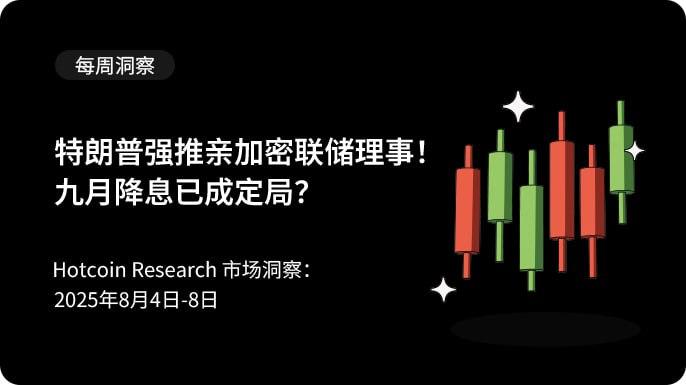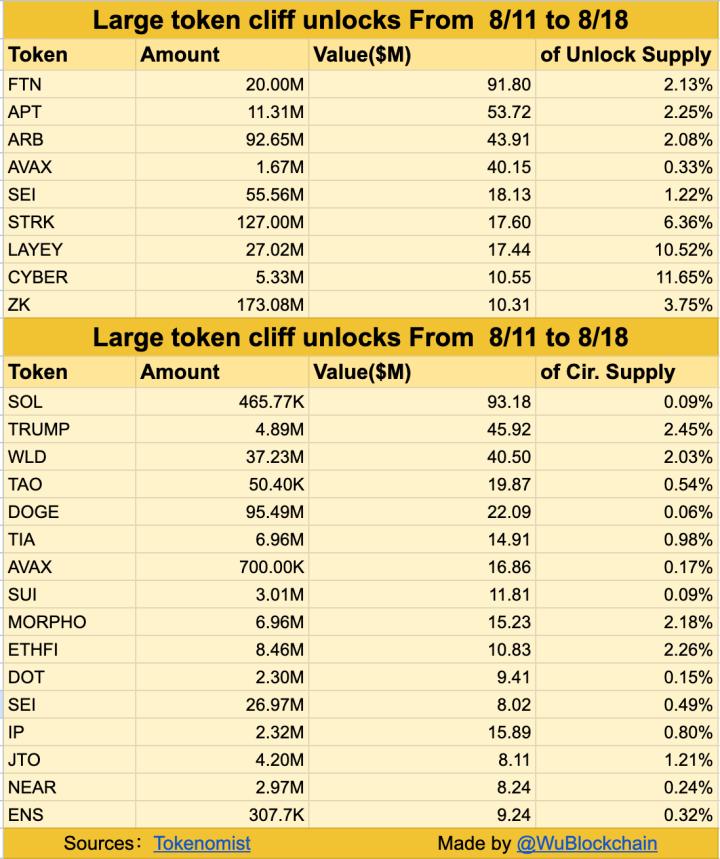Key Points
According to data from Visa and Allium, stablecoin trading volume has reached $5 trillion by 2025, involving 1 billion payments.
When exchanging stablecoins for different fiat currencies, costs similar to regular exchanges are incurred, including bid-ask spreads, exchange fees, intermediary costs, and slippage.
Mike Robertson, CEO of foreign exchange infrastructure company AbbeyCross, commented on the limitations of stablecoins as an emerging payment tool: "In the cryptocurrency realm, some believe that code and technology can solve everything. But in the foreign exchange domain, this idea is too naive."
Despite stablecoins entering their expected peak, financial technology veterans still believe that these tokens have limitations as an emerging payment tool.
According to Visa and Allium data, stablecoin trading volume has reached $5 trillion in 2025, involving 1 billion payments, which is not far from the total of $5.7 trillion in 2024. Since Donald Trump's election as US President in November 2024, the total market cap of these cryptocurrencies pegged to mature currencies like the US dollar has grown by 47%, reaching $255 billion.
The prospect of stablecoins is to bring a faster, lower-cost, and more efficient future to the payment sector, especially cross-border payments. From the data, this potential is gradually being realized, but people still doubt whether this technology can solve long-standing problems in foreign exchange business.
When using stablecoins to exchange different fiat currencies (such as euros to Hong Kong dollars), many costs similar to regular exchanges are generated.
"In the cryptocurrency realm, some believe that code and technology can solve all problems. But in the foreign exchange domain, this idea is too naive," said Mike Robertson, CEO of foreign exchange infrastructure company AbbeyCross. "Each currency has its unique dynamics. Moreover, most banks and payment institutions' profits come from foreign exchange transactions, not fees."
Stablecoin Trading Volume Expected to Double Compared to Last Year

Foreign exchange costs typically include bid-ask spreads, exchange fees, intermediary institution fees, and slippage. These costs also exist in cross-border cryptocurrency transactions and may be particularly prominent in fund entry and exit stages, challenging the "low-cost" claim by stablecoin advocates.
The growth of stablecoin payment volume is mainly due to two application scenarios: first, simplifying cross-border transactions not covered by traditional financial institutions, and second, payment businesses in emerging markets.
BVNK, a startup focusing on stablecoin payment infrastructure, is less concerned with payment channels related to British pounds and US dollars. According to Sagar Sarbhai, BVNK's Managing Director for Asia Pacific, the company has shifted focus to "alternative" payment channels, such as payment routes from Sri Lanka to Cambodia.
"Such routes typically require multiple intermediary institutions, making them not only costly but also slow. Stablecoins simplify this process. Although the costs may not be low at present, the speed is faster, and fund utilization efficiency is higher," he stated. Currently, BVNK's annual transaction volume is around $15 billion.
BVNK is not the only startup focusing on helping businesses develop stablecoin operations.
After the crypto industry experienced a winter in 2022, Conduit pivoted into the stablecoin payment sector. The startup began using stablecoins to enable users to remit funds through local systems like Brazil's Pix and receive payments via SEPA (Single Euro Payments Area, a standardized payment system covering the EU and some European countries). According to CEO Kirill Gertman, the company's current annual processing scale is $10 billion.
Singapore-based Thunes and Canada's Aquanow are also trying to collaborate with stablecoin issuers and enterprises to simplify payment processes.
"The rise of stablecoins is a business opportunity," said Floris de Kort, CEO of Thunes, which raised $150 million in April. "The infrastructure may change, but people will always need to complete the 'last mile' payment delivery with local currencies and wallets."
Risk Investors Reignite Interest in Stablecoins

Compared to the scale of mature payment operators, the above data might seem insignificant. According to Visa's latest annual report, Visa's payment processing scale in 2024 reached $13.2 trillion, more than twice the total stablecoin transaction volume for the same period.
However, the rapid market growth has made payment giants highly vigilant. They are exploring the so-called "stablecoin layer" model: introducing stablecoins between two fiat currencies, bypassing traditional banking networks like SWIFT, achieving transaction settlement within minutes, and focusing on markets with US dollar liquidity shortages and low traditional system efficiency.
In October 2024, Visa launched a platform allowing banks to mint, burn, and transfer tokens backed by fiat currencies, including tokenized deposits and stablecoins.
The recently passed GENIUS Act in the United States has brought a clear regulatory framework to the world's largest stablecoin market, enabling banks and payment institutions to enter the field with more confidence. This, in turn, has triggered global regulatory actions, with regulators competing to establish similar regulatory rules for stablecoin issuers.
"We are just beginning to see the signs of exponential growth," Sarbhai from BVNK said, "The foundation laid over the past five years may experience a breakthrough in the next 12 months."








